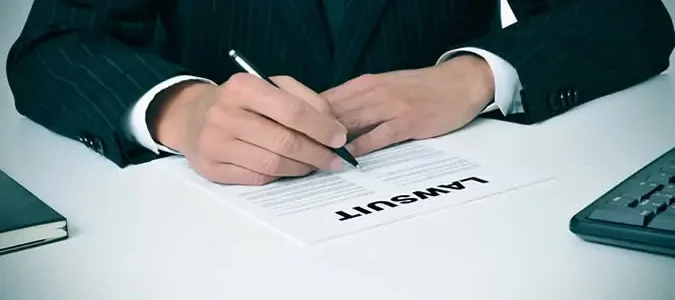The civil litigation process in Texas follows three main phases, and within each phase, there is ample room for variation and a variety of different situations that could arise. Knowing the process and the various motions, appeals, rules, and other scenarios that may apply to your civil case is critical to your success in a civil lawsuit. For this reason, it’s often a good idea to have an experienced civil litigation lawyer on your side.
Here is a look at how the civil litigation process works in Texas.
Phase 1: Pre-Trial
The pre-trial phase includes four essential steps.
1. RESEARCH
Before you make the decision to go to trial, you need to spend a great deal of time researching your case to ensure you have a viable claim that can be taken before a judge. This is where a civil litigation lawyer is incredibly helpful. He or she can examine the facts, determine which are relevant, and help you determine what you’re up against.
2. FILING
You’ll need to file a petition by completing a document that states the outcome you’re seeking the court to give you. Take three copies of your petition to the Clerk of the Court for your petition to be officially filed. You will have to pay a fee, but if you can’t afford it, you can file an affidavit to ask that the fee be waived.
3. LEGAL NOTICE
Next, you need to give legal notice to the person or business who is affected by your filling. However, this doesn’t mean you should tell the person yourself. Legal notice is specific, and you must ask the court clerk to issue a citation, and then arrange for a process server to deliver the citation to the person, people, or business you are suing. Proper legal notice is an important part of the civil litigation process.
The Respondent (the person you are suing) must then file a response.
4. DISCOVERY
The next step in the civil litigation process is to gather information and evidence during discovery. During this time, you or your civil litigation lawyer can ask for documentation you don’t currently have access to. For example, you can legally ask for the Respondent to answer written questions, allow you to look at documents or property, submit for a mental or physical exam, or submit to questioning under oath. A civil litigation lawyer can help you know what you should be looking for during discovery.
There are time limits during this step of the civil litigation process, so make sure you are aware of the time frame you’re up against. In addition, if you’ve been sent requests during this process, answer them truthfully and completely.
MOTIONS AND REQUESTS
Either party may file certain motions and requests pre-trial including:
- Request for Jury
- Motion for Continuance
- Motion to Amend Petition
- Temporary Orders
ENDING A CASE
A case may end before it goes to trial for these reasons:
- A Nonsuit occurs if the Plaintiff files a Notice of Nonsuit.
- A Dismissal may happen if the Plaintiff doesn’t file properly.
- Sometimes, both parties can work out an agreement and settle the case before it goes to trial.
- A summary judgment happens when the important facts are not being disputed and the judge decides the case before a trial.
- A default judgment may happen when the Respondent has been served with a citation, but doesn’t respond or appear for trial.
Phase 2: Trial
In a contested case, you’ll move on to trial after the deadlines of the pre-trial phase. In a trial, both parties present evidence to prove their case, and a judge or jury decides the outcome. Once the judgment has been made, it is effective immediately. There is normally time for appealing the decision, and the time frame varies from case to case.
While it’s possible for you to represent yourself in a trial, it isn’t advisable. A civil litigation lawyer is better equipped to understand the laws, proceedings, and arguments in your favor. A civil litigation attorney can also anticipate obstacles in the civil litigation process and prepare for them, and can present your side in a convincing way.
Phase 3: Post-Trial
After the trial, pay close attention to deadlines. If you’re happy with the outcome, you still may have requirements to complete so that you properly comply with the court order. If the other party does not comply with the court order, you will have a deadline and process for informing the judge.
If you’re not happy with the outcome of the trial, you’ll need to file a Notice of Appeal with the trial court clerk. As with everything else in a trial, there are deadlines and procedures that must be followed for the appeal to properly take place.
As you can see, the civil litigation process is complex. If you don’t understand the process, it’s easy to miss a deadline or important step along the way, and any simple mistake could ruin your chances at getting the outcome you deserve.
Ben Carrasco is a skilled Austin, TX civil litigation lawyer who will take the complications off your plate and work to get the best outcome for you. Cal Ben today at (512) 877-1891, or contact him online to request a consultation.



